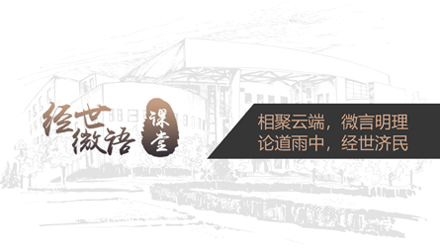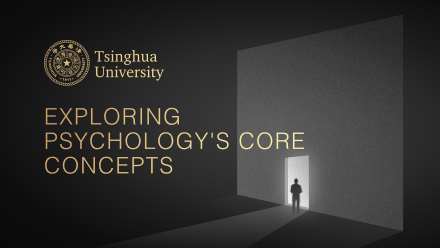
当前课程知识点:History of Chinese Architecture Part I > 8 Yingzao-Fashi and a conclusion > Discussion > Discussion
返回《History of Chinese Architecture Part I》慕课在线视频课程列表
Why is Manjuist Hall of Foguang Temple a typicall example of column-omitting of the Jin dynasty?
What do you think is the main purpose of omitting and moving columns?
Please add a new post below to answer these questions.
返回《History of Chinese Architecture Part I》慕课在线视频列表
-1 An outline of Chinese Architecture
--Characteristics of Chinese Architecture
--The historical division of Chinese Architecture
--A discussion of the typologies in Chinese Architecture
-2 An outline of Ideas about ancient architecture
--Ancient city planning thoughts and two opposing arguments
--Principles of ancient architecture
--Ideas about ancient architecture
--Ideas about ancient architecture
-Homework
-Section 1
--Early civilization and architectural morphology
--Architecture in the Xia and Shang dynasty
--Architecture in the Xia and Shang dynasty
--Architecture in the Zhou dynasty
-Section 2
--Civilization and cities of the Qin and Han dynasty
--Palaces of the Qin and Han dynasty
--Residential architecture, tombs and other types of architecture
-Homework
-Section 1
--Cities and palaces of the Three Kingdoms, the Jin dynasty and the Southern and Northern Dynasties’ p
--Cities and palaces of the Three Kingdoms, the Jin dynasty and the Southern and Northern Dynasties’ p
--Cities and palaces of the Three Kingdoms, the Jin dynasty and the Southern and Northern Dynasties’ p
--Development of Buddhism and the prosperity of Buddhist architecture
--Buddhist architectural remains in the Southern and Northern Dynasties’ period
-Section 2
--Grottos in the Southern and Northern Dynasties’ period
--Development of wood structures as seen from grottos in the Southern and Northern Dynasties’ period
--Gardens from the Qin and Han dynasty to the Southern and Northern Dynasties’ period
-Homework
-Section 1
--Chinese culture of the Sui and Tang dynasty
--Two capitals of the Sui and Tang dynasty: Chang’an and Luoyang
--Two capitals of the Sui and Tang dynasty: Chang’an and Luoyang
-Section 2
--Li-fang and residential architecture in Chang’an and Luoyang
--Important buildings in the Sui and Tang dynasty palaces
--Gardens of the Sui and Tang dynasty
-Homework
-Section 1
--Religious architecture in the Sui and Tang dynasty
--Wood Buddhist Halls in the Sui and Tang dynasty
--Brick and masonry towers in the Sui and Tang dynasty
-Section 2
--Architectural style and design method in the Sui and Tang dynasty
--Wood frame technology in the Sui and Tang dynasty
--Brick and masonry technology in the Sui and Tang dynasty
--Progression of architectural technology and development of art
-Honework
-Section 1
--History of the Five Dynasties’ period and the Song, Liao and Jin dynasty
--Bianliang of Northern Song and Lin’an of Southern Song
--Pingjiang Prefectural City, Southern Capital of Liao and Central Capital of Jin
-Section 2
--Palaces in Bianliang of Northern Song and Lin'an of Southern Song
--Palaces in the Central Capital in the Jin dynasty
--Gardens of the Song, Liao and Jin dynasty1
--Gardens of the Song, Liao and Jin dynasty 2
-Homework
-Section 1
-Section 2
--Double-eave single-storey wood hall
--Multi-story wood structure s in the Song, Liao and Jin dynasty
-Homework
-Section 1
--Brick and masonry pagodas in the Song, Liao and Jin dynasty
--Brick and masonry pagodas in the Song, Liao and Jin dynasty
--Brick and masonry pagodas in the Liao and Jin dynasty
--Brick and masonry pagodas in the Song dynasty
--Brick and masonry pagodas in the Song dynasty
-Section 2
--A summary of the Yingzao-Fashi
--video
--video
--video
--video
--video
-Homework


